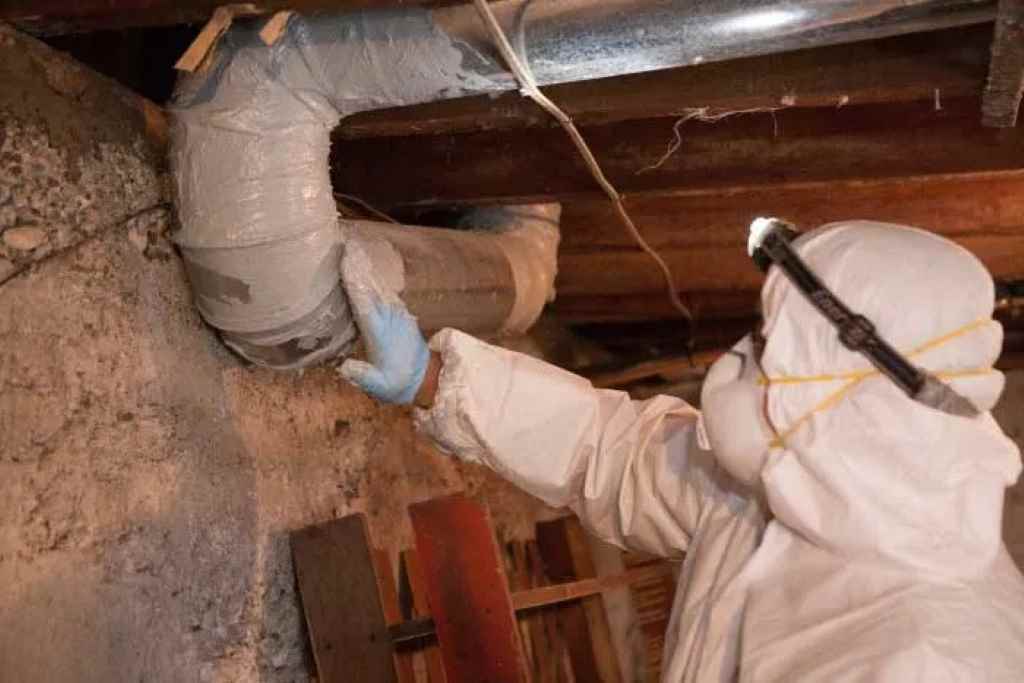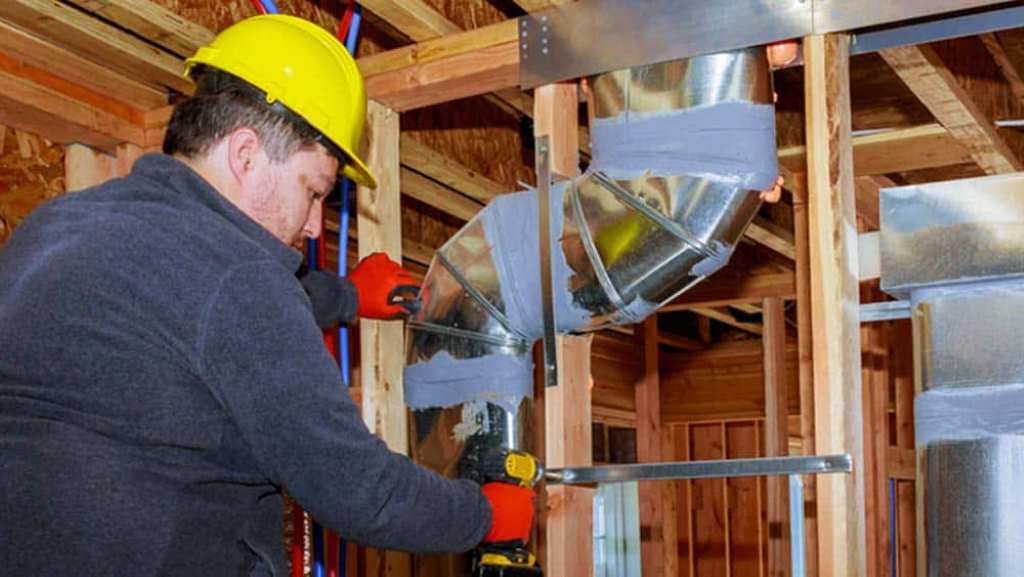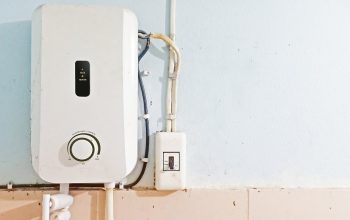Maintaining efficient and well-functioning ductwork in your crawl space is crucial for a comfortable and energy-efficient home. Leaky or damaged ducts can lead to higher energy bills, uneven heating or cooling, and even poor indoor air quality. While professional repairs are always an option, many crawl space ductwork issues can be fixed with basic DIY skills.
Understanding the Importance of Crawl Space Ductwork
Before we delve into the repair process, let’s understand why maintaining your crawl space ductwork is so important:
- Energy Efficiency: Leaky ducts waste conditioned air, forcing your HVAC system to work harder and consume more energy.
- Comfort: Damaged ducts can result in hot or cold spots throughout your home, making it difficult to maintain a consistent temperature.
- Indoor Air Quality: Leaky ducts not only compromise your HVAC system’s efficiency but also pose health risks by pulling in dust, allergens, and moisture from the crawl space, contaminating the air you breathe.
If you’re wondering how to tap into existing round ductwork for improvements, this comprehensive guide at https://talkcitee.com/how-to-tap-into-existing-ductwork/ provides valuable insights.
Identifying Common Crawl Space Ductwork Problems
Crawl space ductwork is susceptible to various issues due to its exposure to moisture, pests, and potential physical damage. Common problems include:
- Leaks and Holes: Often caused by accidental punctures, rust, or deterioration of materials over time.
- Loose Connections: Duct sections may become disconnected due to vibration, improper installation, or animal activity.
- Sagging Ducts: Over time, ducts can sag due to their weight or inadequate support, restricting airflow.
- Insulation Damage: Insulation around ducts can become wet, compressed, or fall off, reducing its effectiveness.
Related: How to Repair Gas Fireplace Safely
Materials You’ll Need for Repairing Ductwork
Gather the following materials and tools before starting your repairs:
- Duct Sealant (Mastic or Foil Tape): Choose mastic for its durability or foil tape for its reflective properties. Avoid using standard duct tape, as it deteriorates over time.
- Insulation (if needed): Opt for duct wrap insulation or rigid foam board to replace damaged insulation.
- Screwdriver and Screws: For securing loose connections or duct hangers.
- Utility Knife: For cutting insulation and making precise repairs.
- Measuring Tape and Pencil: To ensure accurate measurements for patching materials.
- Safety Equipment: Gloves and a dust mask are recommended when working in a crawl space.
Step-by-Step Guide to Repairing Crawl Space Ductwork
- Inspection: Start by thoroughly inspecting your ductwork in the crawl space. Look for visible damage like holes, gaps, disconnected sections, sagging ducts, or damaged insulation.
- Sealing Leaks and Holes: Clean the area around any leaks or holes with a damp cloth. For smaller leaks, apply mastic sealant or foil tape. For larger holes, use a patch of sheet metal or duct board, securing it with mastic or foil tape.
- Reconnecting Loose Sections: Realign the loose sections and secure them with screws or a combination of screws and mastic.
- Fixing Sagging Ducts: Install additional duct hangers to provide adequate support and prevent sagging.
- Replacing Insulation: Remove any damaged insulation and replace it with new duct wrap insulation or rigid foam board. Seal the edges with foil tape to prevent air leaks.
- Testing for Air Leaks: After completing the repairs, turn on your HVAC system and listen for any hissing or whistling sounds, indicating remaining leaks. Use a smoke pencil or incense stick to pinpoint the source of any leaks and seal them as needed.
When to Seek Professional Help
While many ductwork repairs can be done yourself, there are situations where it’s best to call in a professional:
- Extensive Damage: If you have significant damage or leaks, a professional can ensure proper repairs for optimal performance.
- Mold or Asbestos: If you suspect mold or asbestos, consult a professional for safe removal and repair.
- Complex Ductwork Systems: For intricate ductwork designs, a professional can navigate the complexities and ensure proper airflow.
Additional Tips for Crawl Space Ductwork Maintenance
- Regular Inspections: Inspect your crawl space ductwork at least twice a year to catch issues early.
- Proper Sealing: Ensure all connections are tightly sealed and well-supported to prevent leaks and damage.
- Pest Control: Implement pest control measures to prevent rodents and insects from damaging your ductwork.
By following these steps and tips, you can effectively repair and maintain your crawl space ductwork, ensuring optimal comfort, energy efficiency, and indoor air quality in your home.








